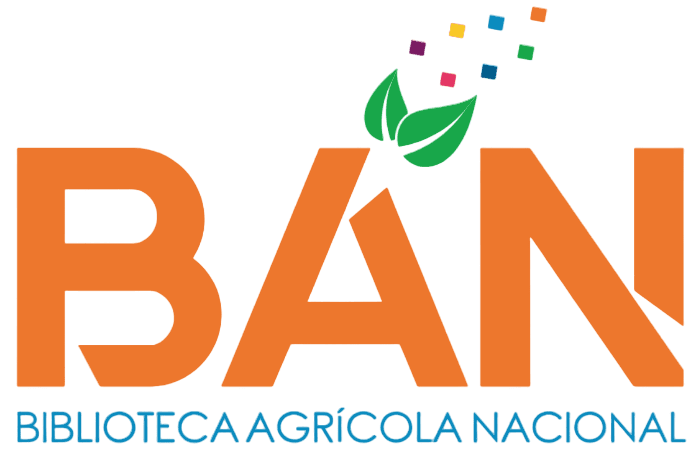Aplicación de azufre nativo y materia orgánica en crecimiento y absorción de azufre en maíz (Zea mays L.) en invernadero
Loading...
Código QR
Authors
López Castañeda, Carlos José
Contact Email
Abstract
El azufre, nutriente esencial y de alta demanda, es frecuentemente omitido en los planes de fertilización. El azufre nativo (S0) no es considerado una fuente nutrimental para las plantas, pero su alta ley y bajo costo, constituyen razones para enfatizar su empleo como fertilizante. Esta investigación se enfocó en evaluar la biodisponibilidad del azufre nativo. Se ensayaron cinco dosis de aplicación de azufre elemental (0, 50, 100, 200 y 500 ppm) con y sin la adición de 0.5% de materia orgánica en arena. Plantas de maíz PM 265 fueron sembradas siete días después de la aplicación y cosechadas 75 días después. Se midió en: a. planta: altura, los pesos frescos y seco total, área foliar, extracción de azufre y nitrógeno por la parte aérea, radicular y total; b. suelo: pH, conductividad eléctrica y concentración de sulfato. Las aplicaciones de azufre nativo y materia orgánica incrementaron los pesos (fresco y seco) y el área foliar. La materia orgánica incrementó la altura. La aplicación de azufre incrementó su extracción por la parte aérea, mientras que la materia orgánica incrementó la extracción de azufre en toda la planta. La extracción de nitrógeno total fue incrementada por la aplicación de azufre y de materia orgánica. Así mismo, amblas aplicaciones redujeron significativamente el pH del suelo. El azufre elemental incrementó la conductividad eléctrica y la concentración de sulfato en el extracto de saturación del suelo, lo que puede relacionarse con una mayor producción de sulfato inorgánico. La materia orgánica redujo significativamente la conductividad eléctrica y no afectó la concentración de sulfato en solución. Esto puede deberse a una mayor extracción de azufre del suelo en plantas que recibieron materia orgánica. Se concluye que el azufre nativo es una fuente adecuada para la fertilización de cultivos. Su biodisponiblidad aumenta al acompañarse con materia orgánica.
Sulfur, an essential and high-demand nutrient, is frequently omitted from fertilization plans. Native sulfur (S0) is not considered a nutrient source for plants, but its high grade and low cost are reasons to emphasize its use as a fertilizer. This study focused on evaluating the bioavailability of native sulfur. Five application rates of elemental sulfur (0, 50, 100, 200, and 500 ppm) were tested with and without the addition of 0.5% organic matter in sand. PM 265 corn plants were planted seven days after application and harvested 75 days later. The following measurements were taken: a. plant: height, fresh and total dry weight, leaf area, and sulfur and nitrogen extraction by the shoot, root, and total parts; b. soil: pH, electrical conductivity, and sulfate concentration. Applications of native sulfur and organic matter increased weight (fresh and dry) and leaf area. Organic matter increased height. Sulfur application increased its extraction from the aboveground part, while organic matter increased sulfur extraction throughout the plant. Total nitrogen extraction was increased by both sulfur and organic matter applications. Both applications significantly reduced soil pH. Elemental sulfur increased electrical conductivity and sulfate concentration in the saturated soil extract, which may be related to greater inorganic sulfate production. Organic matter significantly reduced electrical conductivity and did not affect sulfate concentration in solution. This may be due to greater sulfur extraction from the soil in plants that received organic matter. It is concluded that native sulfur is a suitable source for crop fertilization. Its bioavailability increases when combined with organic matter.¬¬
Sulfur, an essential and high-demand nutrient, is frequently omitted from fertilization plans. Native sulfur (S0) is not considered a nutrient source for plants, but its high grade and low cost are reasons to emphasize its use as a fertilizer. This study focused on evaluating the bioavailability of native sulfur. Five application rates of elemental sulfur (0, 50, 100, 200, and 500 ppm) were tested with and without the addition of 0.5% organic matter in sand. PM 265 corn plants were planted seven days after application and harvested 75 days later. The following measurements were taken: a. plant: height, fresh and total dry weight, leaf area, and sulfur and nitrogen extraction by the shoot, root, and total parts; b. soil: pH, electrical conductivity, and sulfate concentration. Applications of native sulfur and organic matter increased weight (fresh and dry) and leaf area. Organic matter increased height. Sulfur application increased its extraction from the aboveground part, while organic matter increased sulfur extraction throughout the plant. Total nitrogen extraction was increased by both sulfur and organic matter applications. Both applications significantly reduced soil pH. Elemental sulfur increased electrical conductivity and sulfate concentration in the saturated soil extract, which may be related to greater inorganic sulfate production. Organic matter significantly reduced electrical conductivity and did not affect sulfate concentration in solution. This may be due to greater sulfur extraction from the soil in plants that received organic matter. It is concluded that native sulfur is a suitable source for crop fertilization. Its bioavailability increases when combined with organic matter.¬¬
Description
Universidad Nacional Agraria La Molina. Facultad de Agronomía. Departamento Académico de Suelos
Keywords
Azufre nativo
Citation
Date
2025
Collections
Seleccionar año de consulta:
Licencia de uso

Excepto si se señala otra cosa, la licencia del ítem se describe como info:eu-repo/semantics/openAccess

